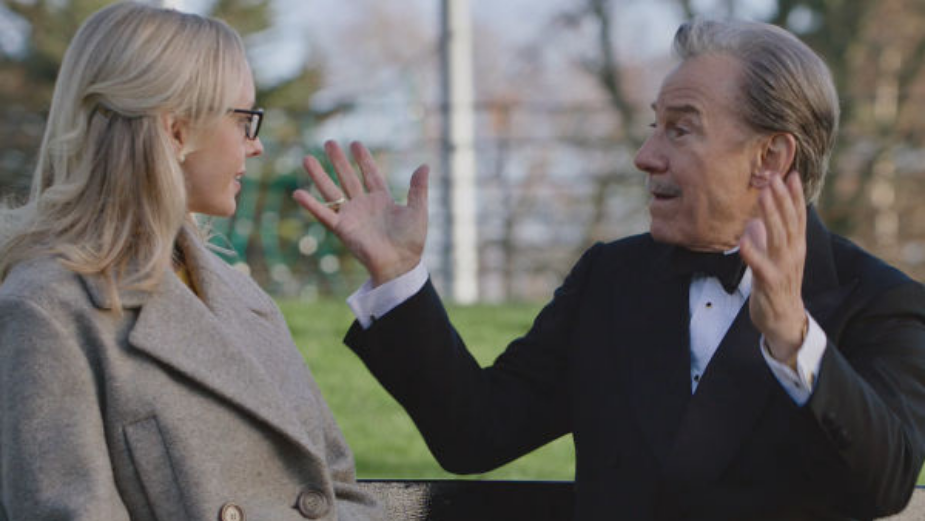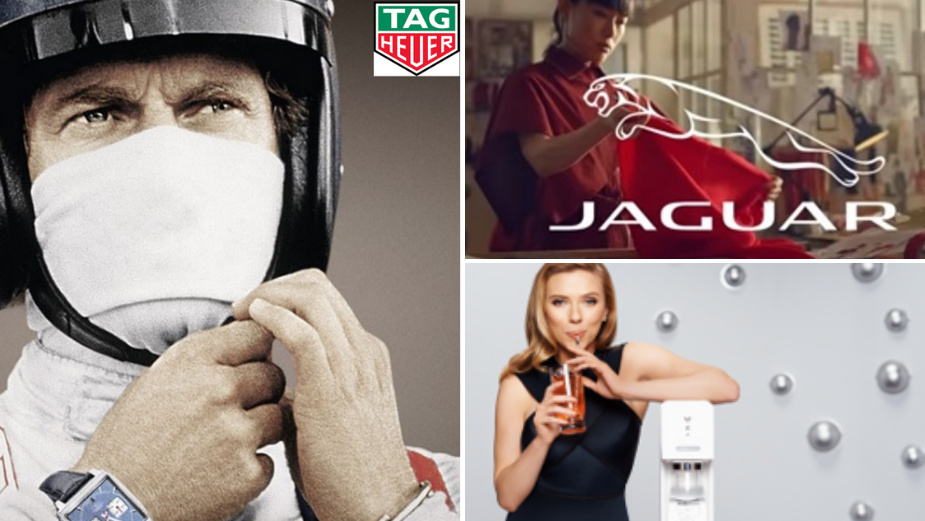
A Guide to Licensing and Clearances with Greenlight

You have your pitch. You have your budget. Your client wants you to add in an iconic movie clip, bring in famous faces from past and present, or add music to make the campaign more impactful. But where do you start?
Greenlight has been paving the way for global rights clearances and licensing for commercial campaigns, as well as representing icons such as Marilyn Monroe, Albert Einstein, Steve McQueen, Andy Warhol and Muhammad Ali for the last 33 years. As part of BEN Group, Greenlight is the gateway to iconic content.
Sonia Bouadma, vice president of rights clearances, at Greenlight, is here today to explain how licensing works, and what the benefit is for brands and agencies wanting to incorporate a famous face or an iconic movie scene in their campaigns.

What needs to be cleared: celebrities/talent, movies, music, and TV
It’s not always straightforward when including celebrities and talent in your advertising, that’s why it can be so special when a brand gets it right. Having worked with the likes of Cartier, Chanel, and Dior in the luxury space, as well as Salesforce, Hennessy, Direct Line, Vodafone, Coca-Cola, and Halifax, Greenlight has unparalleled expertise in making creative campaigns come to life with the right clearance protection a client will need.
Talent clearances may have several layers of permission, including permission to use their image or likeness, name, quotes, speeches, distinctive phrases, and objects directly related to the person – think Prince’s Love symbol, famously trademarked by the artist.
Also, if you can hear it, you should clear it. Whether that’s a written or spoken celebrity name, a famous phrase such as "Let's get ready to rumble!", a song’s lyrics, an original song, or a re-recorded version. For music, “Bear in mind that the rights to music tracks can often be complex, including multiple publishers, so leave enough time and budget to include this vital atmospheric element,” says Sonia.
And wanting to reference a famous film scene? Sonia breaks down what you need to be aware of: characters and actors, dialogue lines, scenes, props, film score, and even thematic elements.

Everything you need to check for licensing photos, videos, art, iconic buildings
One of the first hurdles some fall at is securing additional permissions for third party rights seen on photos and videos - Sonia impresses that first and foremost: “in addition to licensing the actual content, you also need to secure any other third party rights before you put the content in your ad.” Likewise for artworks – including sculptures – which are usually protected by copyright: even if you can pop into a museum and take a photo of a Picasso painting yourself, that doesn’t mean you can put it at the front of your brand campaign without permission from the artist’s representatives.
Iconic buildings are also often protected by copyright or other third party rights. Sonia points out the Eiffel Tower illuminated at night and Christ the Redeemer as two examples. “Some buildings and venues are either owned or sponsored by private organisations, so seeking permission to use the building or venue in connection with another brand will help to avoid potential conflicts.”
The most important things to remember:
1. Be an early bird: “Rights clearances do not happen overnight and whilst most initial feedback on licensing availability can take one to two weeks, the negotiations and contracting phases can take longer,” says Sonia. “Complex cases that encompass multiple rights can take a few weeks or sometimes months to finalise – especially if you want to use a movie made by a famous director, for example. If you don’t work clearances in at the initial stage of your campaign, you may be in danger of having to rework your campaign’s creative, or having a delayed campaign if rights cannot be secured within your timeline.”
2. Be flexible: “Whilst you may have a clear idea of which talent, movie character, or other IP you want to feature in your campaign, they may not be available or may exceed your budget, in which case, you will need to have a plan B or be open to alternatives,” says Sonia. A good clearance partner should be able to provide you with alternative suggestions that fit your brief and are easier to license.
3. Get your ducks in a row: Sonia says you should be clear from the very start of the project what the campaign/media parameters are, and how many creative components you want to produce to avoid issues later on.
4. And Finally check the fine print: Sometimes additional rights can hide in plain sight, such as trademarks, artist copyrights, speeches, or spoken quotes/references. “All these can sometimes be overlooked, so make sure you review all creative materials thoroughly early on and lean on your clearance experts to help reduce legal risk,” says Sonia.














